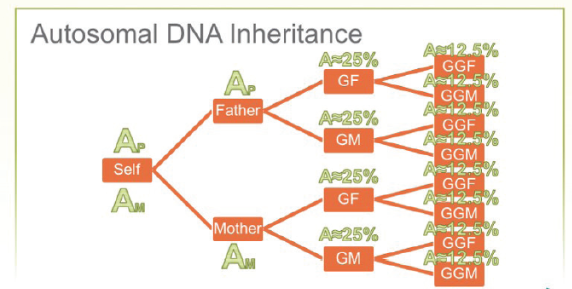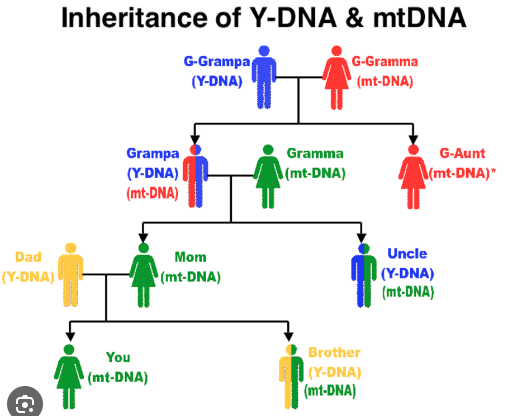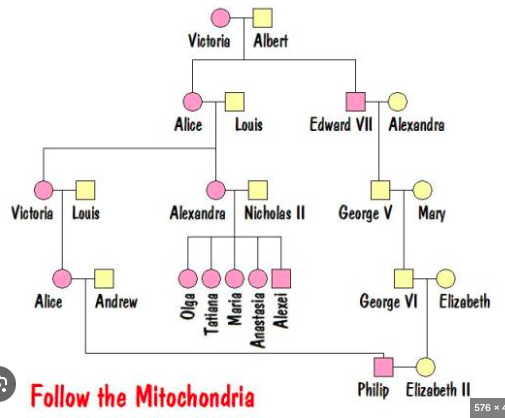Genealogy and Deoxyribonucleic Acid, more commonly described as DNA research are complementary tools for exploring family history and uncovering biological connections.
The following is an overview of how these approaches work and their significance:
Genealogy: Traditional Research.
As we know, and practice and advise or teach especially in Britain, Genealogy involves tracing family lineages through historical records including :
Census records: Details of individuals and households over time (National Census being taken every ten years with some latter census not taken, missing or destroyed through wartime issues)
Birth, marriage, and death certificates: These form the core or vital records for confirming family relationships.
Church and parish records: Baptisms, marriages, and burials.
These records continue the backward and forward research from the introduction of national records in July 1837.
However, they also bring different problems including those written in Old English and Latin and those not surrendered or in fact taken during the Cromwellian times.
Another major issue is knowing which parish church holds your research line.
Land and probate records: Ownership and inheritance details.
Family trees: Collaborative efforts that document relationships across generations.
This is fine when you are creating a ‘stand-alone’ line, but has major system issues when other external users are also working on-line, the same names in trees can be altered, or more often contain incorrect information.
Benefits
Can build a detailed family history narrative that you may even wish to write into book form as a family legacy.
Provides cultural, geographical, and historical context.
Helps identify migration patterns and ancestral origins.
DNA Testing: Genetic Genealogy
DNA testing adds a biological layer to genealogy by analysing genetic markers.
Companies like AncestryDNA, 23andMe, and MyHeritageoffer DNA tests.
There are three main types:
1. Autosomal DNA Tests
Purpose: Explores ancestry across all family lines for about 5–7 generations.
Matches: Identifies relatives from both maternal and paternal lines.
Applications: Ethnicity estimates and cousin matching.

2. Y-DNA Tests
Purpose: Traces the direct paternal line (Y-chromosome is passed from father to son).
Matches: Only male testers; helpful for surname studies and deep paternal ancestry.

3. Mitochondrial DNA (mtDNA) Tests
Purpose: Traces the direct maternal line (mitochondrial DNA is passed from mother to children).
Matches: Both men and women can test, but it traces only maternal ancestry.
How DNA Enhances Genealogy
Breaking Through Brick Walls: DNA can confirm or refute paper-trail research when records are missing or unclear.
Adoption and Unknown Parentage: Helps adoptees and others discover biological relatives.
Deep Ancestry: Connects individuals to ancient populations and migration patterns.
Community Building: Matches can lead to collaborations with distant cousins.
Challenges and Considerations:
Privacy Concerns: Genetic data is sensitive; review privacy policies of testing companies.
Interpretation: Ethnicity estimates vary between providers and may not reflect precise origins.
Ethical Implications: Unexpected results (e.g., misattributed parentage) can be emotionally impactful. The term "skeletons and cupboards" comes to mind.
Cost: Testing and subscription fees can add up over time.
Next Steps for Beginners
Start with paper-based research to build a family tree. Which our specialist researchers at Basildon Heritage can help with.
Then perhaps further down the line, take an autosomal DNA test to find genetic relatives and confirm ancestral origins.
Use genealogy software or platforms to organize data and connect with others.
For example, Family Tree Maker is a ‘stand-alone’ system that can also be uploaded to the major research sites.
Overall, these combined findings form a well-rounded understanding of your heritage.

The UK Monarchy DNA
Family likenesses and traits through DNA
DNA is passed down from parents to their offspring through the process of reproduction.
Each parent contributes half of the DNA, so children inherit two copies of each gene, one from each parent.
This combination of genes determines many of an individual's traits, including physical characteristics, such as eye color, hair color, skin tone, and even aspects like tooth structure.
Here’s how it works:
- Chromosomes and Genes: Human DNA is organized into 23 pairs of chromosomes, with one chromosome in each pair coming from the mother and the other from the father. These chromosomes contain genes, which are sequences of DNA that code for specific traits or proteins in the body.
- Dominant and Recessive Traits: Genes can come in different forms called alleles. Some alleles are dominant, meaning that even if only one copy of the allele is present, the trait will be expressed. Other alleles are recessive, meaning they will only show their effect if both copies of the gene (one from each parent) are recessive.
- Eye color: Eye color is often influenced by multiple genes, but the main one is the OCA2 gene. Brown eye color tends to be dominant over blue, meaning if one parent has brown eyes and the other has blue, the child is more likely to have brown eyes.
- Hair color: Like eye color, hair color is determined by multiple genes. Brown and black hair colors are usually dominant over blonde and red, and there’s also variation based on the presence of different pigments, such as eumelanin (dark) and pheomelanin (red/yellow).
- Skin color: Skin color is also polygenic, meaning it is controlled by several genes. The darker the skin, the more melanin it produces, and this trait is influenced by both parents' genetic makeup.
- Teeth and Dental Traits: Traits such as tooth shape, size, and alignment are influenced by genetics, but also by environmental factors like diet.
- For example:
- Tooth size and shape: Some genes control the development of the teeth, influencing traits like tooth size, number of teeth (such as wisdom teeth), and even susceptibility to dental issues like cavities or gum disease.
- Tooth color: The natural color of teeth is influenced by the thickness and composition of the enamel. While genetics play a role, environmental factors like diet, oral hygiene, and fluoride exposure also have a significant effect.
- Polygenic Traits: Many traits, like height, weight, and intelligence, are polygenic, meaning they are influenced by multiple genes and can show a wide range of variation. These traits don’t follow simple Mendelian inheritance patterns.
Overall, genetic inheritance is a complex interplay of dominant, recessive, and polygenic traits, as well as environmental influences.
Each child’s DNA is a unique combination of these inherited genes, leading to individual variation in appearance and health.
A Norman Bambridge and Sarah Smith Collaboration.
Basildon Borough Heritage Society
December 2024.
Leave a Comment
I hope you enjoyed this post. If you would like to, please leave a comment below.